What Is The App Where Girls Msg The Guys
Is MSG as bad as it's made out to be?
(Image credit:
Claudia Stocker/Science Photo Library
)
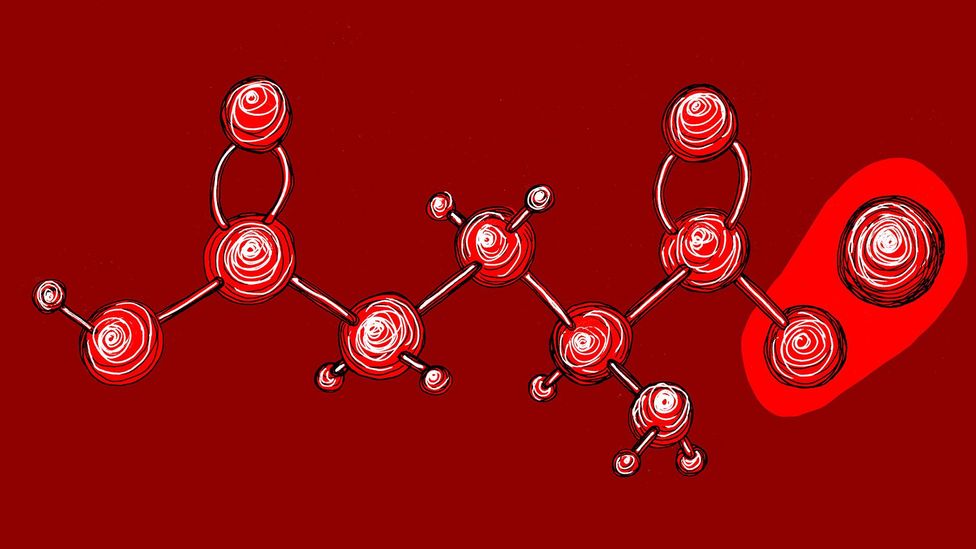
Monosodium glutamate is blamed for a range of nasty side effects. But is there evidence to back up these claims?
I
It used to be called 'Chinese Restaurant Syndrome': a collection of symptoms such as headache, nausea and a strange numbness that certain people seem to suffer after a meal of Chinese food, which went beyond the usual queasiness and self-loathing at having eaten one too many barbecued pork buns. The ingredient allegedly to blame is a commonly used seasoning called monosodium glutamate, better known as MSG.
Monosodium glutamate's notoriety took off in 1968 when a Dr Robert Ho Man Kwok wrote a letter to the New England Journal of Medicine musing about the possible causes of a syndrome he experienced whenever he ate at Chinese restaurants in the US. In particular, he described a feeling of numbness at the back of his neck that then spread to his arms and back, as well as general weakness and heart palpitations.
Kwok speculated the cause could be soy sauce – but dismissed this as he used it in home cooking without the same effects – or the more liberal use of Chinese cooking wine in commercial establishments. Then came the clanger: perhaps it was the monosodium glutamate used as a common seasoning in Chinese restaurants. As food-related health theories are wont to do, his suggestion went viral, spawning a huge number of scientific studies, books exposing 'the truth' about MSG, anti-MSG cookbooks, and even prompting Chinese restaurants to advertise that they didn't use MSG in their cooking.
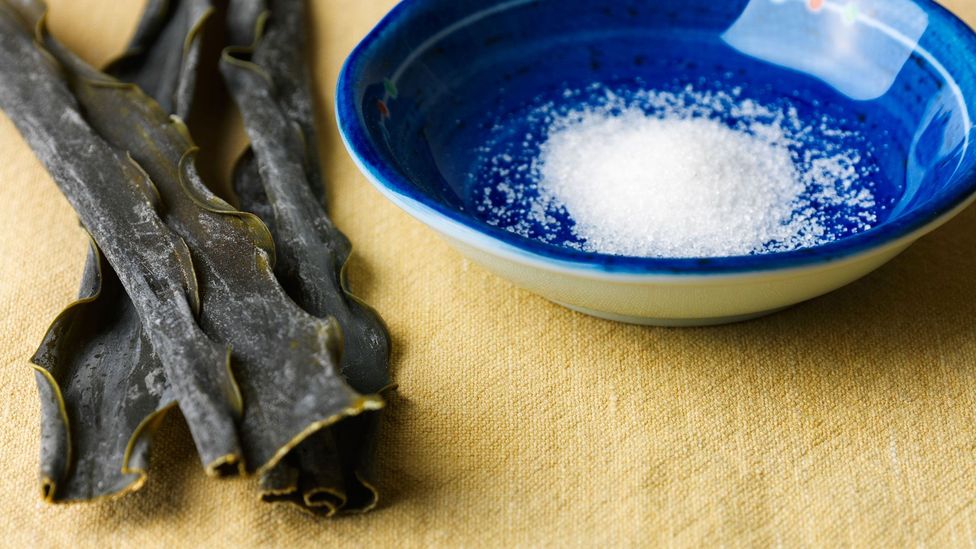
Kikunae Ikeda isolated glutamate from kombu seaweed, and added sodium to create monosodium glutamate (Credit: Mariano Montero/Alamy)
Monosodium glutamate is the sodium salt of glutamic acid. As University of Tokyo chemistry professor Kikunae Ikeda discovered in 1908, MSG is the most stable salt formed from glutamic acid, and one that best delivers the sought-after 'umami' taste.
'Umami' – which translates as 'savoury' – is associated with a "meaty" flavour, and was also Ikeda's discovery, who pursued it believing that there was something more than the four basic tastes of sweet, salty, sour and bitter.
Glutamate is the magic ingredient in MSG. It's a common amino acid that occurs naturally in a large range of foods including tomatoes, parmesan cheese, dried mushrooms, soy sauce, a host of fruits and vegetables, and human breast milk.
Ikeda isolated it from the dried kombu seaweed (kelp) that his wife – and just about every other Japanese cook on Earth – used to make the dashi stock that is ubiquitous in Japanese cuisine. Adding sodium, one of the two elements in table salt, allows the glutamate to be stabilised into a powder and added to food, thus giving us monosodium glutamate and making Kikunae a very rich man. His MSG-based condiment, Ajinomoto ('essence of taste') is now found on tables the world over.
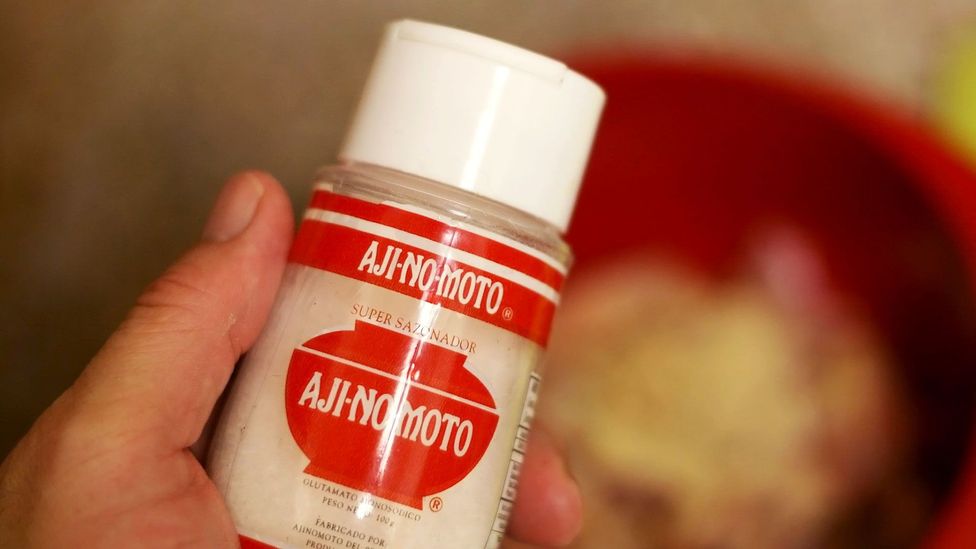
Kikunae Ikeda's MSG-based condiment, Ajinomoto ('essence of taste') is now found on tables the world over (Credit: Richard Masoner/Cyclelicious/Flickr/CC BY-SA 2.0)
After Kwok's letter, a flurry of experiments followed in which various animals, including humans, were subjected to large doses of monosodium glutamate both orally and intravenously.
At first, it looked like Kwok might have been onto something. Washington University researcher Dr John W. Olney found that injecting enormous doses of monosodium glutamate under the skin of newborn mice led to the development of patches of dead tissue in the brain. When these mice grew into adulthood they were stunted, obese, and in some cases, sterile. Olney also repeated his study in infant rhesus monkeys, giving them the MSG orally, and noted the same results. But 19 other studies in monkeys by other researchers failed to show the same, or even similar results.
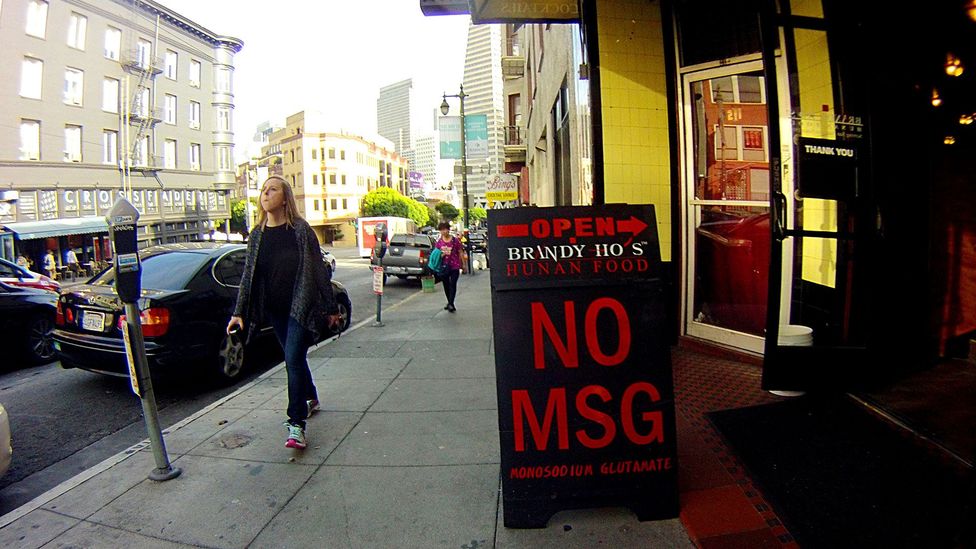
Fears about side-effects have prompted some restaurants to advertise that they don't use MSG (Credit: Richard Masoner/Cyclelicious/Flickr/CC BY-SA 2.0)
Human studies also fell short of coming up with a smoking gun. In one study, 71 healthy individuals were treated with increasing doses of MSG or placebo in capsule form. Researchers found the so-called Chinese Restaurant Syndrome symptoms occurred at roughly the same rate, regardless of whether subjects were given the MSG or the placebo, and even after the participants were swapped over to the alternative option.
In an attempt to lay the issue to rest, in 1995 the US Food and Drug Administration (FDA) commissioned the Federation of American Societies for Experimental Biology to look into all the available evidence and decide whether MSG really was the food fiend that it was made out to be.
To begin with, the expert panel dismissed the term 'Chinese Restaurant Syndrome' as "pejorative and not reflective of the extent or nature of the symptoms", choosing instead the term 'MSG symptom complex' to describe the many and varied symptoms linked to consumption of MSG.
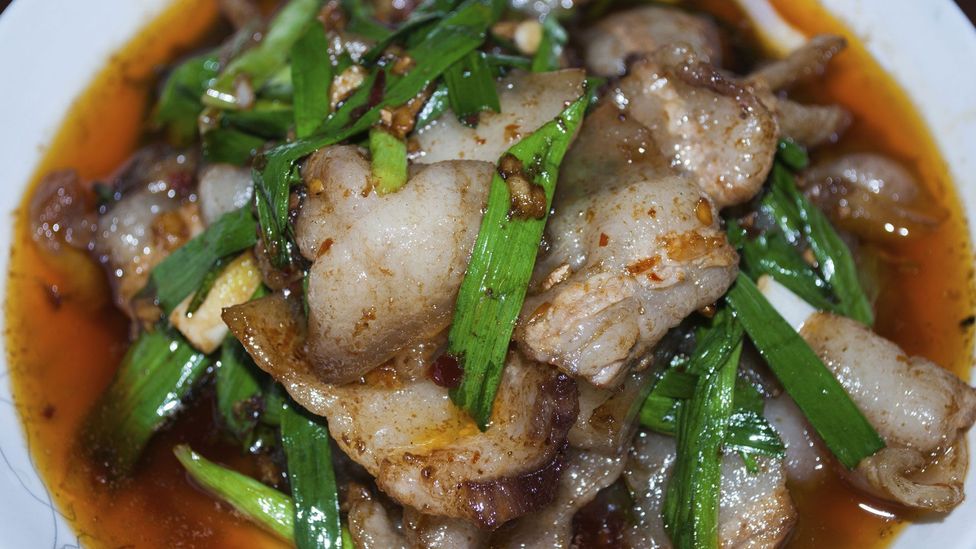
A collection of symptoms now associated with MSG used to be called 'Chinese Restaurant Syndrome' (Credit: Thinkstock)
But they did conclude there was enough scientific evidence to suggest the existence of a subgroup of healthy individuals in the general population who may respond badly to large doses of MSG, usually within an hour of exposure. But these reactions were observed in studies where they were given three grams or more of MSG delivered in water, without food; a scenario unlikely to occur in the real world where, according to the FDA, most people will get around 0.55 grams per day of added MSG in their diet.
A study in 2000 tried to explore this further with 130 people who described themselves as being reactive to MSG. These otherwise healthy people were first given a dose of MSG without food, or given a placebo. If anyone scored above a certain level on a list of 10 symptoms, they were tested again with the same dose (or placebo) to see if their response was consistent. They were also tested with higher doses to see if this increased their symptoms. After another round of retests, only two of the original 130 had shown consistent reactions to MSG and not the placebo. But then, when they were tested again with MSG in food, their reactions differed – which cast doubt on the validity of self-described MSG sensitivity.

MSG is the most stable salt formed from glutamic acid, and one that best delivers the sought-after 'umami' taste (Credit: Claudia Stocker/Science Photo Library)
But otherwise, glutamate is remarkably low in toxicity. A rat or mouse can take a dose of 15-18 grams per kilogram of body weight before it is at risk of dying from glutamate poisoning. It's also now known that baby mice are particularly sensitive to the effects of MSG.
In 2018, however, there was a further twist to the tale. Jennifer LeMesurier, an assistant professor of writing and rhetoric at Colgate University in Hamilton, New York, received a phone call from a retired doctor called Howard Steel, who claimed to be Dr Robert Ho Man Kwok and that he had written the letter to the New England Journal of Medicine as a joke. Steel's claim, however, was then later dispusted in an episode of This American Life after journalists there spoke to the children and former colleagues of Robert Ho Man Kwok, who all said he had written the letter.
So while nothing is ever truly laid to rest in science – and Dr John Olney spent much of his life after his early animal experiments campaigning for tighter regulation of MSG use – the FDA now says the addition of MSG to foods is GRAS, or 'Generally Recognised As Safe'.
It's reassurance to the many fans of Chinese cuisine, for whom a lazy weekend just isn't complete without a few spins of a soy sauce-spattered lazy Susan.
Correction: An earlier version of this article incorrectly referred to MSG as disodium 2-aminopentanedioate. Disodium 2-aminopentanedioate is the name of the dibasic form. MSG is monosodium glutamate, or the monobasic form.
* This article was edited on 5/10/2021 to add detail about Howard Steel and the subsequent doubt about his claims.
Follow uson Facebook , Twitter , Google+ , LinkedIn and Instagram .
What Is The App Where Girls Msg The Guys
Source: https://www.bbc.com/future/article/20151106-is-msg-as-bad-as-its-made-out-to-be
Posted by: donaldsonwifilbeem.blogspot.com

0 Response to "What Is The App Where Girls Msg The Guys"
Post a Comment